9
diciembreTypes of Laser Wavelengths
The most basic instance of a laser beam is the flashlight. The beam spreads out through a lens and forms a fuzzy cone. A laser, on the other hand, shoots smaller and sharper beams and extends over a greater distance. This is referred to as an extremely collimated beam. A laser's wavelength is around one gigahertz. The shorter the wavelength, the more energy is released.
When you are using a laser to serve an intended purpose that you are using for, be aware of different kinds of wavelengths available. Each laser has a pointing accuracy tolerance that is the difference between the propagation axis and the mechanical axis. Make sure the mount you're using comes with the correct adjustments the need for this. They are among the most sought-after wavelengths of lasers. You are able to select the best one for your particular project.
Lasers create light by concentrating the energy generated by an excitation medium onto a tiny piece of fuel. Due to the intense heat of the beam, the fuel within the chamber burns. The result is an explosive nuclear reaction that produces huge amounts of energy. This technology originates from Lawrence Livermore National Laboratory. The technology could be solutions to the world's energy problem. But, it'll take years until the concept is widely available, but it's certainly not a pipe dream.
The heat that results from this process is intense, it has an extremely high melting temperature. The pellet will vaporize in the chamber, and then transform into fuel. The process of fusion will create a huge amount of energy, and is 100% secure. This technology represents a significant step forward in solar energy and is a significant breakthrough. The technology is the result of Lawrence Livermore National Laboratory. This technology will aid in the creation of green energy around the globe.
In a lab lasers are utilized to power electric cars. A power plant can produce electricity through the production of heat from a gas. In this case, a usb laser will produce electricity. It also powers a computer. The technology is currently in the test phase and has not been commercialized yet. Although the technology offers many advantages, it's still in the early stages. The technology isn't an end-all-be-all solution, but it can help in the construction of solar panels that generate renewable energy.
Lasers also possess the advantage of creating heat from different sources. The heat generated by these reactions will be converted into electricity. This method is more affordable than using renewable energy to generate electricity. Along with producing energy, lasers are also more eco-friendly as compared to other forms of energy. The main disadvantages of the technology is that it's not yet commercially accessible. It is in the development phase.
There are a variety of lasers. The type you pick depends on the type of laser. If you want to create light with a certain wavelength, you must make use of an Polarizer. This will provide you with the best results. You could also make use of an unpolarizer in case you don't require the polarizer. It is also possible to create a difffraction-limited laser. For a smaller light source it is possible to use a diffraction-limited pulse.
The most important feature of laser beams is their precision. A lens can control the intensity of a laser beam. You can make many different items using a light source that has an polarizer. This is how you can make better solar cells. You can create your own polarizer and also create it to be compatible with solar cells. These devices can be used in laboratories to test the intensity of light.
A pattern generator can generate a laser beam. You can utilize the generator usb laser to generate diverse patterns. A pattern generator could be used to generate the patterns you want to create. These can be used to create a laser-based light that is both narrow and long-range. This is a fantastic option for applications that require speed. And because the power source is not extremely efficient, a laser with a diffraction limit can be produced within a small area.


Reviews